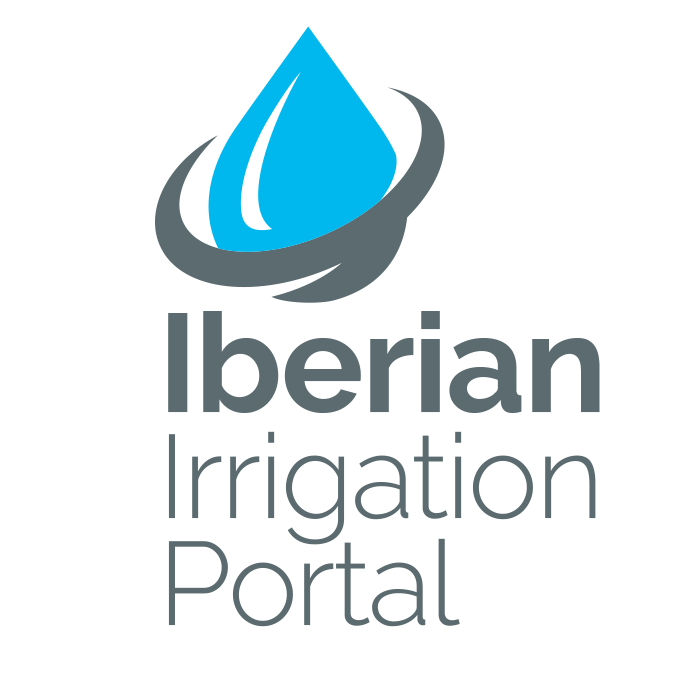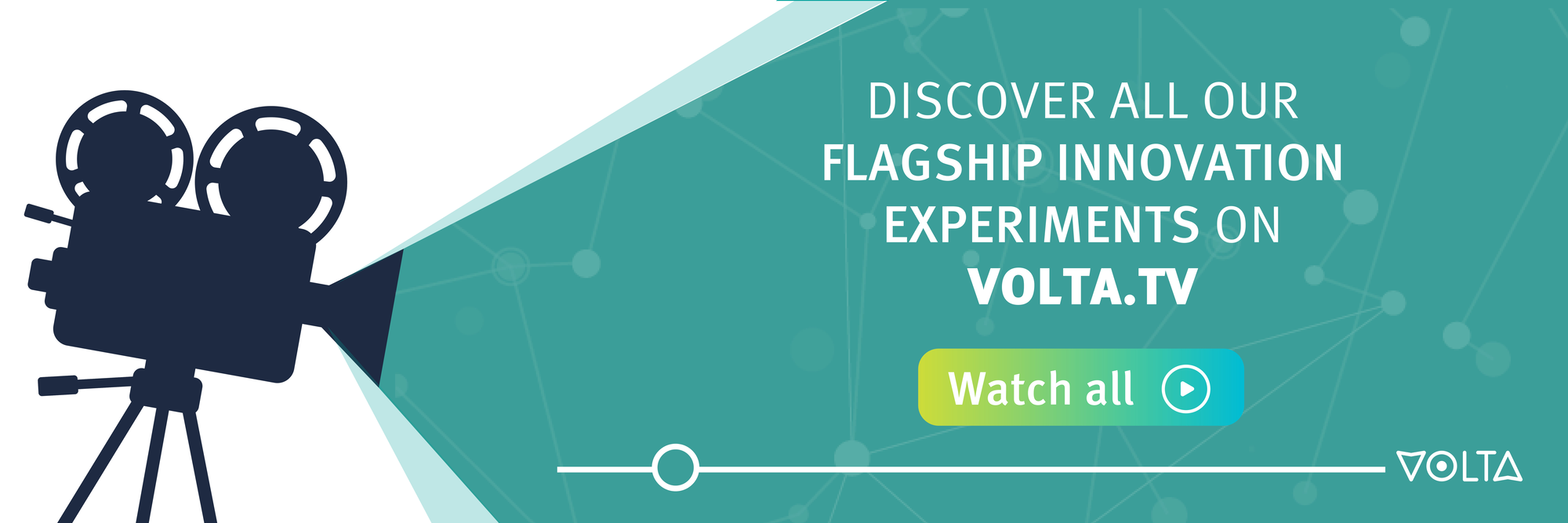Iberian Irrigation Portal
Developing an irrigation web portal to improve irrigation management, crop productivity, profitability and the efficient use of water.

Concept
By optimising irrigation management through technology, this Flagship Innovation Experiment (FIE) contributes to the efficient use of water, increases crop productivity and therefore improves both farmers’ efficiency as well as profitability. The FIE aims to achieve this by developing an irrigation web portal, on which enhanced irrigation support services are provided to farmers.
Currently, two demo sites are employed to improve irrigation management from a technical, economic and environmental point of view. To ensure the effective operation of the online irrigation service, a low-cost information infrastructure including Internet of Things (IoT) technologies is implemented. Ultimately, this results in an extensive competence catalogue for irrigated agriculture digitisation which significantly contributes to the optimisation of European agriculture.
Implementation
The solution developed by the FIE included the ‘Iberian irrigation portal’, its supporting technologies (sensors/probes, monitoring devices, IoT communication, data distribution systems, services, etc.) and enhanced services (including the Competences Catalogue).The solution was deployed in about 3.000 farms. The farms are located in the Vigia irrigation community (ABOVIGIA) in Portugal and in the Guadalmellato irrigation community (CR Gudalmellato) in Spain. Farmer connecting on the web portal can have access to all information collected by their irrigation provider. The portal integrates tools to highlight the latest irrigation techniques, such as satellite imagery to analyse crop health.
Lessons Learnt
Understand the needs of the end-users. As this FIE focuses on irrigation communities, it is very important to identify the water needs of the irrigators (farmers) in order to determine the methodology of the water distribution and control (programmed irrigation, on-demand, etc.).
The main challenge was the data collection from water providers. We needed to gather a wide diversity of information, from the type of crops cultivated, size of the field, water origin and irrigation systems... We do not only provide information to the farmer, we receive information from the farmer. We started to gather all the data from Spain, but this caused the decoupling process not to be parallel in both sites.

